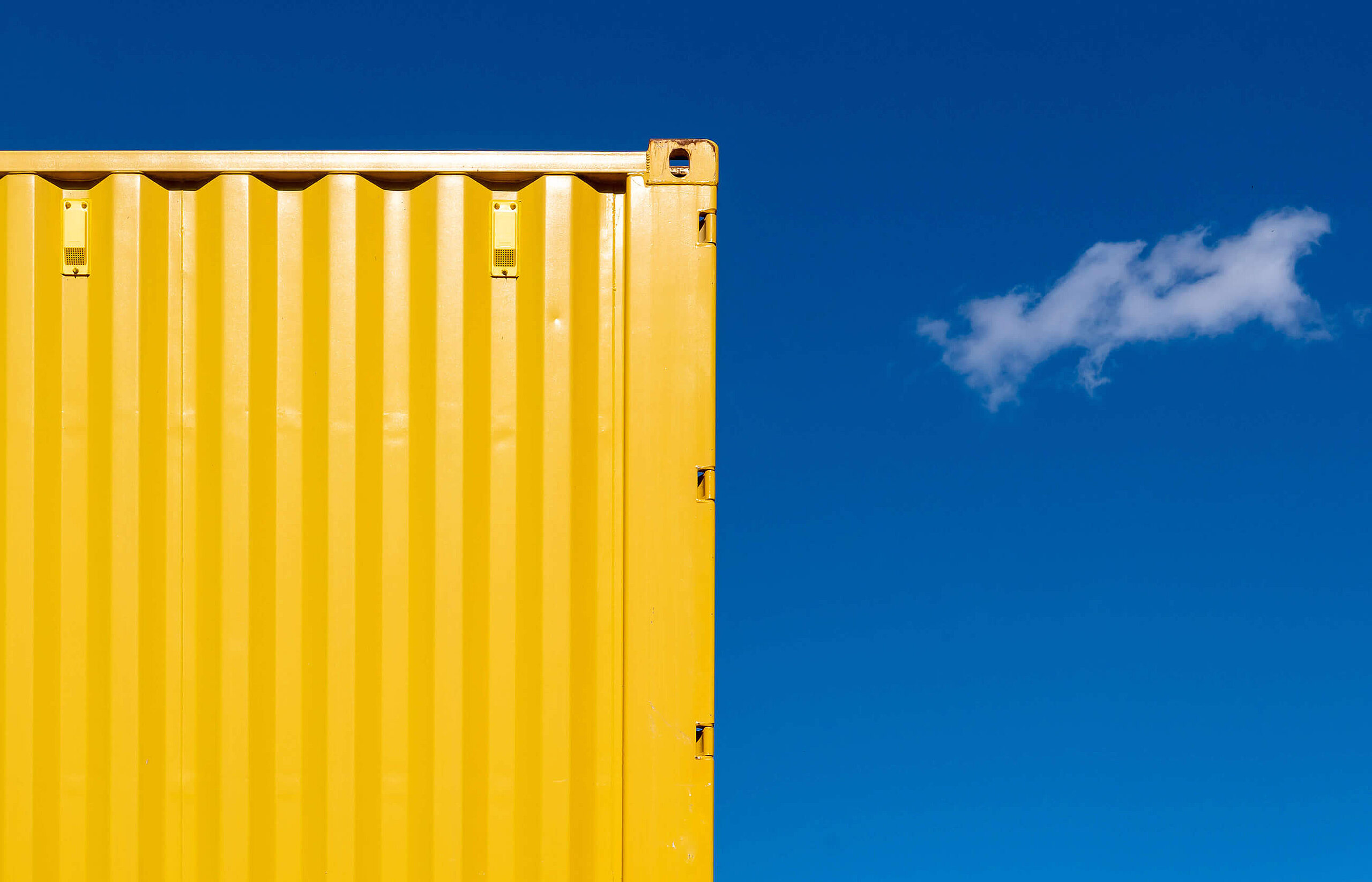

Degradation of Solar Modules
Loss of power in PV modules due to various types of degradation
Solar modules lose power over time - a natural process known as degradation. But what exactly is behind it and what factors accelerate this effect? In this article, you will find out how the different types of degradation differ from one another and how they can be counteracted.
Table of Content
What is Degradation?
Degradation is the process that leads to a reduction in performance in solar modules over time. Degradation differs from other limiting factors such as shading in that it is a permanent change to the PV modules. External influences can intensify the degradation process. The following types of degradation are distinguished:
- Light-induced degradation (LID)
- Potential-induced degradation (PID)
- Age-related degradation
Light-induced Degradation (LID)
Light-induced degradation, also known as initial degradation, occurs particularly in P-type, or Perc modules. In N-type modules, the initial degradation is less due to a different material composition.
Degradation begins when the solar modules meet UV light for the first time: The absorbed energy causes atomic movements in the silicon cells. The contained boron-oxygen complexes are saturated and as a result, the cell loses cell voltage. The initial exposure to the sun thus reduces the conductivity of the solar module. The degradation process lasts here for about 1,000 operating hours, after which the efficiency stabilizes and remains at a constant level. Once saturated, light-induced degradation does not occur again.
When buying solar modules of any kind, there is no need to worry about the onset of light-induced degradation. The power loss caused by light-induced degradation is already considered by the manufacturers in the performance specifications of the solar module!
All performance data for the solar modules can be found in the corresponding data sheets in our webshop.
Potential-induced Degradation (PID)
Potential-induced degradation is caused by installation errors and can impair the performance of the modules by up to a third.
It occurs in modules that are installed in ungrounded systems under negative voltage. This happens especially with systems with high system voltage; accordingly, it is also referred to as voltage-induced degradation.
PID creates a potential difference between cells and the frame. Charge carriers move within the modules, leading to power losses.
Cases of PID hardly occur anymore in N-type modules and have decreased in new modules, as they are sufficiently tested for PID resistance by the manufacturers. To be completely safe, inverters can be installed that can ground the positive or negative pole.
Discover inverters here in the Krannich webshop
Age-related Degradation
With age-related degradation, the modules show natural signs of aging over time. This happens through the influence of external factors such as pollution or the aging of individual elements in the solar cells. These factors favor chemical reactions: Crystalline hardenings occur in the semiconductor material of the solar modules. The electron flow is restricted by intercrystalline recombination processes. The conductivity thus deteriorates.
The aging effect is difficult to counteract. However, it is recommended to have the photovoltaic system professionally cleaned regularly. This is especially true for PV systems that suffer from dirt particularly often due to leaves or dust. Dirt can accumulate particularly well on solar systems with flat installation angles.
In addition to age-related degradation, modules also experience performance changes due to material stress, which often cannot be avoided:
- The electrical transition of the solar cells in the module is soldered, and these cell connections mean electrical losses.
- External influences such as temperature fluctuations and severe weather events affect the aging process and performance.
- Installed plastic, such as in glass-foil modules, also undergoes a UV-related aging process. The consequences are delamination and power reduction.
Solar module manufacturers are aware of age-related degradation and therefore often give corresponding power guarantees of up to 30 years, although the life expectancy of the modules is usually higher. A lot is also invested in research and development to make modules even more powerful. For example, solar modules are now being produced with more busbars, which increases the performance of the modules. In addition, instead of processed silicon, experiments are being conducted with various adhesive systems to avoid transition losses.
Solar modules in our Krannich webshop